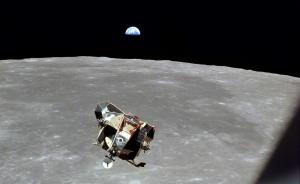The case is made by Mark Uhran, current Communications Manager for the US Domestic Agency, in a recent op-ed piece on the stimulation of transformative technologies.
Mark, who spent 28 years at the American space agency NASA, draws the parallel between the development of integrated circuits for US Apollo Program to land a human on the Moon with the procurement campaign for
2,800 tonnes of superconductors for the ITER Project.
In the first case, Apollo-driven consumption of largely untested and unknown integrated circuits in the early 1960s helped to spur the computer industry into further development and led to a multi-trillion dollar industrial revolution in microelectronic devices.
In the second, the largest-scale procurement of low-temperature superconductors in industrial history has created the conditions for a thriving high-temperature superconducting device market in the future due to the sheer scale of investment and realization.



